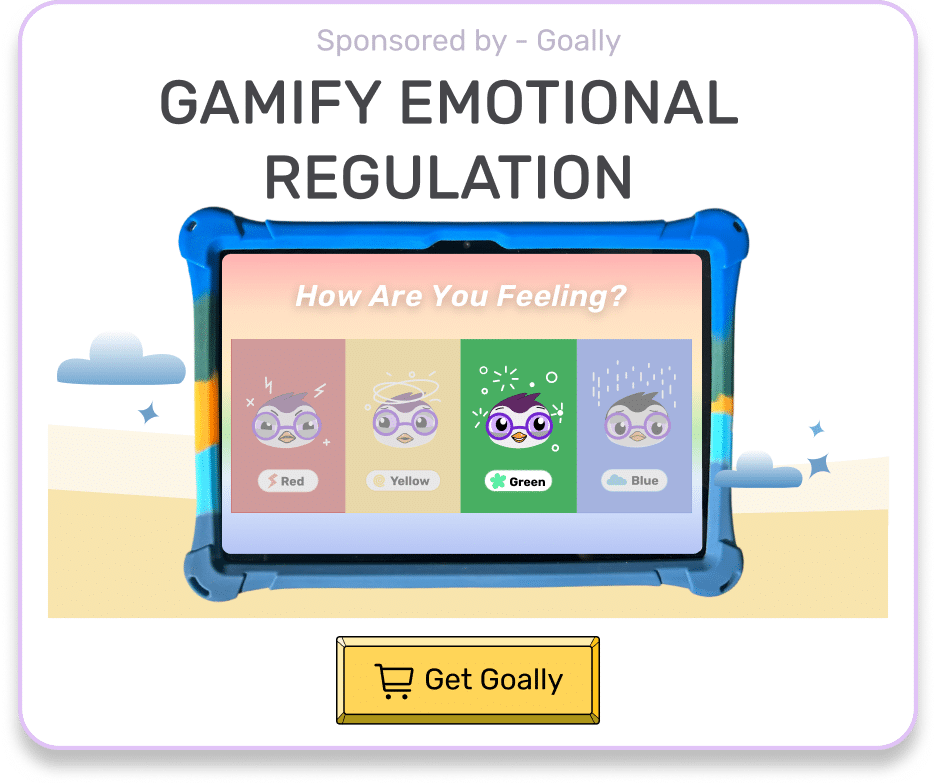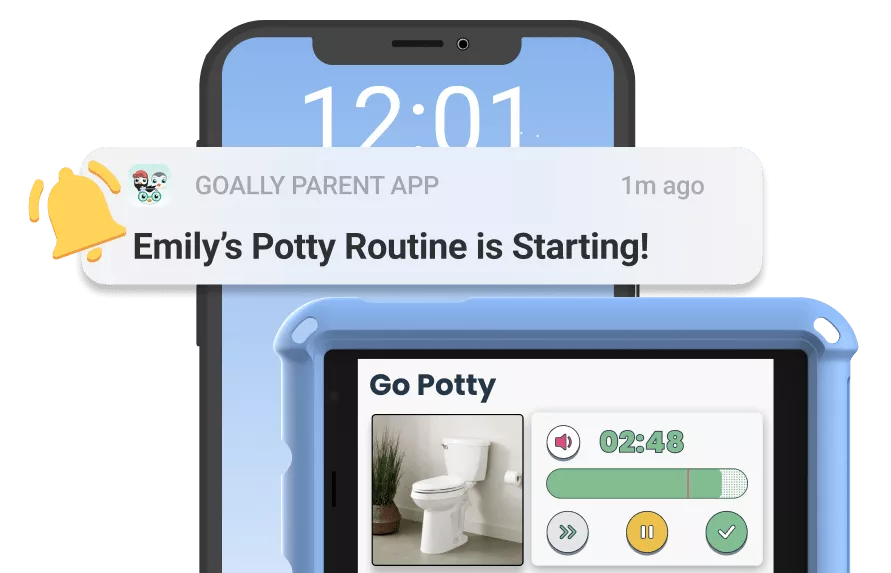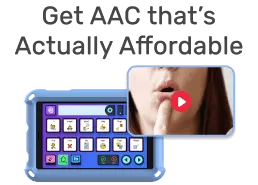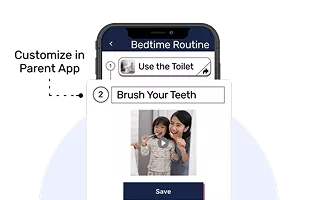Managing emotions can be a challenging task for many kids, especially for those with special needs. A “managing emotions worksheet” is a practical tool designed to help children understand and regulate their emotions through structured activities and visual aids. In this blog post, I’ll guide you through how these worksheets can benefit your child and provide a downloadable worksheet to support their emotional growth.
Key Takeaways:
- A managing emotions worksheet can help children recognize and cope with their emotions.
- The worksheet provides structured activities to encourage emotional expression and self-regulation.
- It’s a helpful tool for parents of kids with learning disabilities or neurodivergent children.
- Downloadable PDF included to give your child the resources they need to work through their emotions.
Table of Contents
Why Emotional Regulation Matters for Kids
Kids, especially those with learning differences or special needs, often experience emotions more intensely than others. This can lead to challenges in social situations, at school, or even at home. Teaching emotional regulation is essential to helping children navigate their feelings, and a managing emotions worksheet can be a powerful tool in this journey.
Emotional regulation involves recognizing one’s feelings, understanding the cause, and deciding how to express or manage them. By engaging in activities that help them label their emotions and practice coping strategies, kids can begin to feel more in control and confident in their ability to handle their emotions, both in and out of the classroom.
What is a Managing Emotions Worksheet?
A managing emotions worksheet is a structured activity designed to help children identify, express, and manage their emotions. These worksheets typically include activities that encourage kids to identify how they are feeling, why they might feel that way, and what strategies they can use to calm down or express themselves more appropriately.
The worksheet may include sections such as:
- Emotion Identification: Activities where kids can check off or circle emotions they are feeling (e.g., happy, sad, angry, anxious).
- Trigger Identification: A section for kids to identify what caused their feelings (e.g., a disagreement, frustration with a task).
- Coping Strategies: A space to write or draw about ways they can manage their emotions (e.g., deep breathing, taking a break).
- Reflection: A section to encourage kids to think about how they felt after using a coping strategy and how it made them feel better.
By engaging in these activities, children gain the skills to understand and regulate their emotions, which helps them feel more secure and better equipped to manage their feelings in a variety of situations.
How Can a Managing Emotions Worksheet Help Your Child?
For neurodivergent kids or those with learning disabilities, emotional regulation can sometimes be more challenging. A managing emotions worksheet helps bridge the gap by providing a visual and structured way to navigate these feelings. Below are some specific benefits:
- Builds Emotional Awareness: Helps children understand what they are feeling and why, which is the first step in managing emotions.
- Teaches Coping Mechanisms: Encourages children to identify healthy ways to manage their feelings instead of relying on impulsive reactions.
- Improves Social Interactions: By recognizing and managing their emotions, kids are better able to interact with peers and adults in a positive way.
- Fosters Self-Regulation: The worksheet provides a routine that can help children become more self-aware and in control of their emotions over time.
With practice, your child will begin to rely on these strategies without needing external support, helping them feel more independent and capable of handling difficult situations. Additionally, incorporating this tool regularly into their routine can help reinforce emotional awareness and self-regulation.
Download Your Free Managing Emotions Worksheet
Ready to get started? Download a free printable version of the managing emotions worksheet that you can use with your child. It’s designed to be easy to follow and engaging for kids, helping them manage their emotions with simple, effective strategies.
How to Use a Managing Emotions Worksheet with Your Child
Using a managing emotions worksheet can be a fun and engaging activity for you and your child. Here’s how you can make the most out of it:
- Introduce the Worksheet Calmly: Sit down with your child in a quiet space and explain that the worksheet is a tool to help them understand their feelings.
- Complete the Worksheet Together: Help your child through the first few exercises, pointing out how to identify emotions and encouraging them to express their feelings openly.
- Discuss Coping Strategies: After identifying emotions and triggers, talk about different ways to cope with these feelings. Show them deep breathing exercises or suggest they take a short walk when they feel overwhelmed.
- Practice Regularly: Use the worksheet regularly, especially after emotional events or challenging situations. This helps reinforce emotional regulation skills.
With time, your child will begin to use these techniques independently, improving their emotional regulation and their overall well-being.
Tired of Emotional Meltdowns?
Goally’s Mood Tuner app has activities for kids with BIG emotions. Teach kids how to tune their mood with Goally. See fewer meltdowns.
The Mood Tuner app encourages kids to look inwards and identify their feelings, helping them understand what’s going on inside. Once they’ve recognized their emotions, they can choose from a 20+ activities designed to help them self-regulate and find their balance.

Managing emotions is a crucial skill for every child, especially those with special needs or learning differences. By using a managing emotions worksheet, you are helping your child develop the tools they need to understand and regulate their emotions effectively. Remember, emotional regulation isn’t something that happens overnight, but with consistent practice, your child will gain a sense of control and comfort in their emotional world.
Resources:
FAQ about Managing Emotions Worksheet
What is a managing emotions worksheet?
It's a helpful tool parents can use with their kids to understand and express their emotions effectively and healthily.
Why use a managing emotions worksheet?
Utilizing a managing emotions worksheet aids kids in recognizing their feelings, understanding them, and developing appropriate responses.
Who can benefit from a managing emotions worksheet?
Both parents and kids, from toddlerhood to preteens, can significantly benefit from implementing a managing emotions worksheet.
How often should I use a managing emotions worksheet with my kids?
Regular use, such as once a week, can establish a routine, making it a more effective tool in managing emotions.

Hennah is an experienced writer and researcher, helping children with autism, ADHD, and other neurodivergent conditions. As a blog contributor for Goally, she combines her deep understanding of neurodiversity with practical advice, offering valuable insights to parents and educators.





